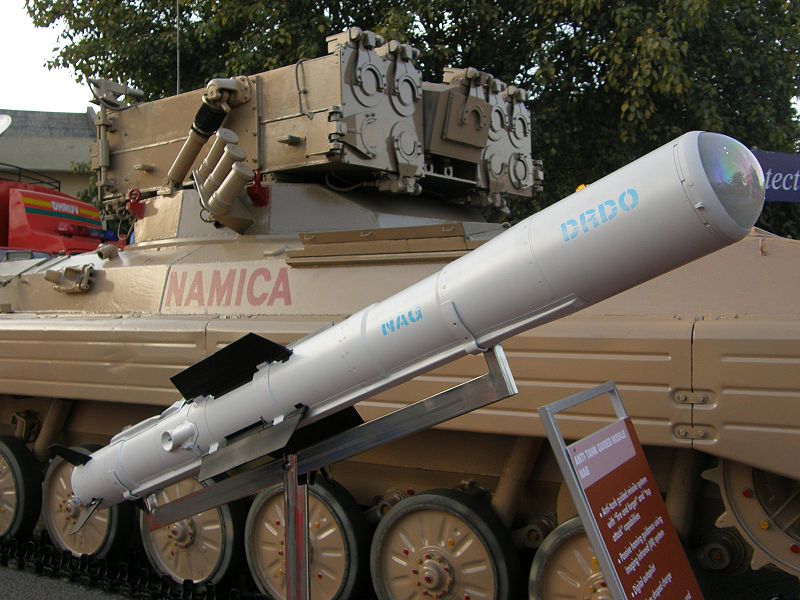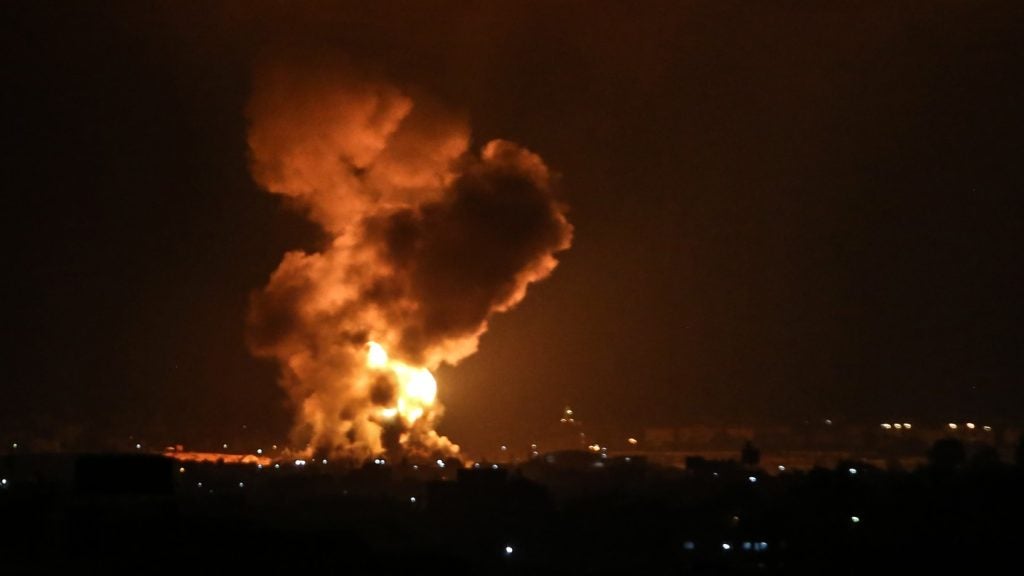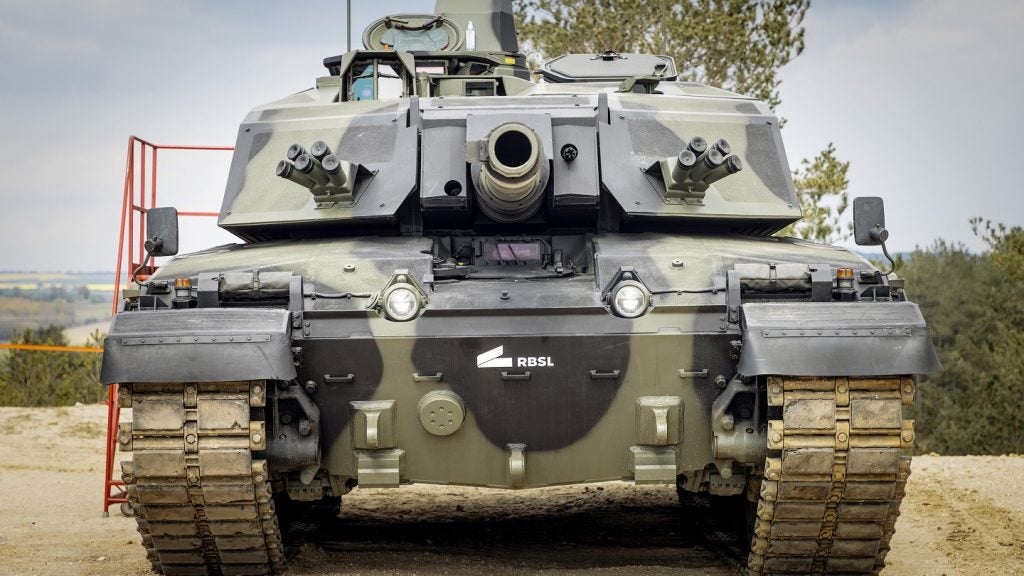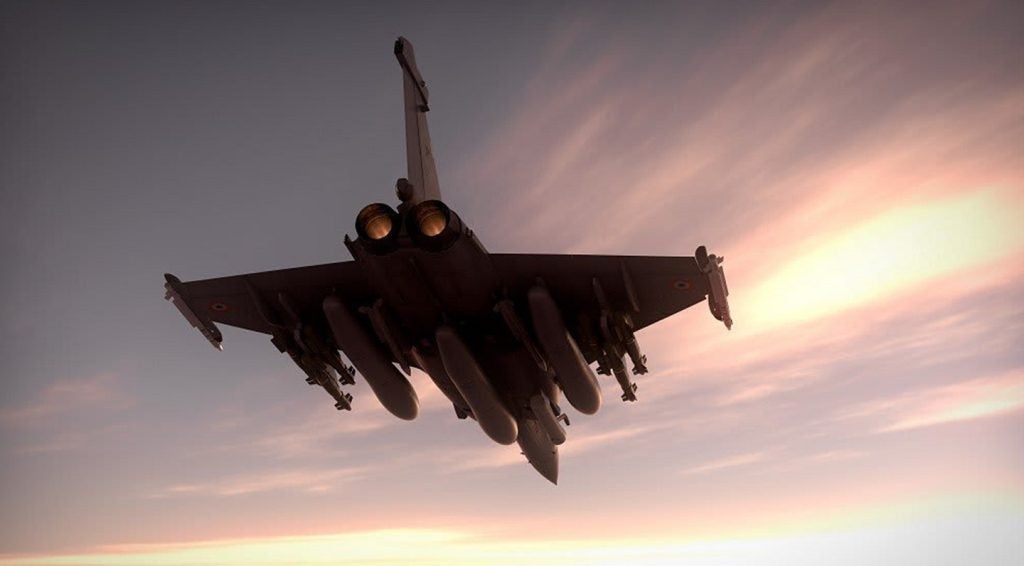
The Indian Army’s locally developed Nag third-generation anti-tank guided missile (ATGM) has completed a series of summer user trials.
Tests were carried out between 7 and 18 July at the Pokhran Field Firing Ranges in the state of Rajasthan.
India’s Defence Research and Development Organisation (DRDO) developed the Nag ‘fire and forget’ missile to engage highly fortified enemy tanks in all weather conditions with day and night capabilities.
Nag has a minimum range of 500m and a maximum range of 4km. It uses an imaging infrared seeker in lock-on-before-launch mode.
The missile is launched from the Nag missile carrier (NAMICA), which is based on a BMP-2 tracked infantry combat vehicle. NAMICA can carry up to six combat missiles.
The Indian Ministry of Defence (MoD) has stated that the Nag missile’s imaging algorithm allowed it to hit the target at a distance of 4km in ‘severe summer desert conditions’ of the Pokhran Ranges.
How well do you really know your competitors?
Access the most comprehensive Company Profiles on the market, powered by GlobalData. Save hours of research. Gain competitive edge.

Thank you!
Your download email will arrive shortly
Not ready to buy yet? Download a free sample
We are confident about the unique quality of our Company Profiles. However, we want you to make the most beneficial decision for your business, so we offer a free sample that you can download by submitting the below form
By GlobalDataThe army’s user team carried out six missions during the summer user trials.
In a statement, the MoD said: “All the missiles have met the mission objectives, including minimum range, maximum range, indirect attack, as well as top attack modes, and achieved a direct hit onto the target.”
In February, the Nag missile system completed the winter user trials.
The release added: “Government has already issued the acceptance of necessity for induction of NAG after user trials. All the ten missiles, which were fired during winter and summer trails, successfully hit the targets.”
The MoD will now proceed with production and induction of the missile system into the Indian Army.






